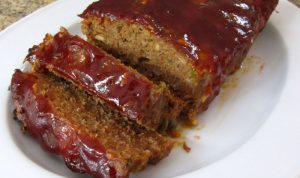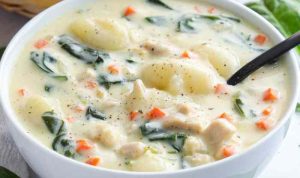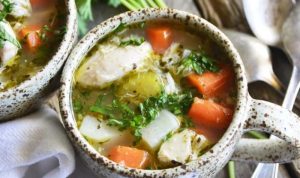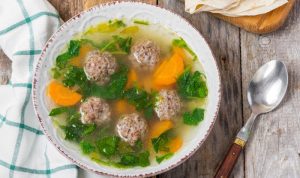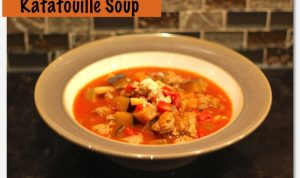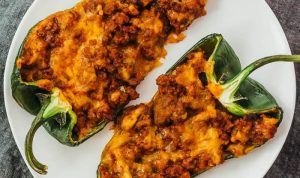Wonton Wrapper Variations
Recipe for wonton soup – The choice of wonton wrapper significantly impacts the final texture and presentation of your wonton soup. Understanding the differences between wrapper types and crimping techniques allows for greater control over the overall culinary experience.
Square Versus Round Wonton Wrappers
Square wonton wrappers offer a crispier edge when cooked, due to their larger surface area exposed to heat. They are also easier to fold into more intricate shapes, creating visually appealing dumplings. Round wrappers, on the other hand, tend to result in softer, more delicate wontons. The choice depends on your preferred texture and aesthetic.
Wonton Wrapper Crimping Techniques
Proper crimping not only seals the filling but also enhances the visual appeal of the wontons. Several techniques can achieve this, each resulting in a unique look.
| Technique Name | Description | Visual Representation |
|---|---|---|
| Pleating | Fold the wrapper in half, then create small, even pleats along the edge, pressing gently to seal. This creates a decorative, fan-like effect. | Imagine a series of small, even folds resembling a pleated skirt, neatly aligned along the edge of the wonton. The pleats are consistently sized and create a visually appealing pattern. |
| Pinching | Pinch the edges of the wrapper together, creating small, irregular pinched sections. This technique results in a rustic and slightly uneven look. | Picture small, uneven pinched sections along the edge, resembling a slightly irregular, textured border. The pinched sections are not uniform in size or spacing, giving a more casual appearance. |
| Folding | Fold the wrapper over the filling, creating a simple, sealed edge. This is the quickest and simplest method, resulting in a clean, unadorned wonton. | Visualize a neat, clean, sealed edge with no additional decorations or folds. The wrapper is simply folded over the filling, creating a smooth, flat surface. |
Impact of Different Wrapper Types
Wheat wrappers are the most common and provide a slightly chewy texture. Rice wrappers, on the other hand, offer a more delicate and translucent appearance, resulting in a lighter, softer wonton. The choice depends on personal preference and the desired overall texture of the soup.
Wonton Filling Options
The filling is the heart of the wonton. Here are three diverse options to cater to different palates.
Classic Pork and Shrimp Filling
- Ground pork (1 cup)
- Minced shrimp (1/2 cup)
- Chopped green onions (2 tablespoons)
- Soy sauce (1 tablespoon)
- Sesame oil (1 teaspoon)
- Ginger (1 teaspoon, minced)
- Salt and pepper to taste
Vegetarian Filling
- Shiitake mushrooms (1 cup, finely chopped)
- Carrots (1/2 cup, finely diced)
- Cabbage (1/2 cup, finely shredded)
- Soy sauce (1 tablespoon)
- Sesame oil (1 teaspoon)
- Garlic (1 clove, minced)
- Ginger (1/2 teaspoon, minced)
- Vegetarian oyster sauce (1 tablespoon)
Spicy Filling
- Ground chicken (1 cup)
- Chopped water chestnuts (1/2 cup)
- Serrano peppers (2, finely minced)
- Soy sauce (1 tablespoon)
- Sriracha (1 tablespoon)
- Ginger (1 teaspoon, minced)
- Garlic (1 clove, minced)
Fine Chopping Techniques for Smooth Filling
Achieving a smooth filling texture requires precise chopping. Use a sharp knife and employ a rocking motion to finely mince ingredients. For ingredients like mushrooms and vegetables, consider using a food processor for consistency, but be careful not to over-process and create a paste-like consistency.
Flavor Profile Comparisons
The classic pork and shrimp filling offers a balanced savory profile. The vegetarian option provides a more earthy and umami-rich taste, while the spicy filling delivers a bold, fiery kick complemented by the savory base.
Broth Preparation Techniques
The broth is the foundation of a delicious wonton soup. Here are techniques for creating both chicken and vegetarian broths, along with methods for achieving clarity.
Rich Chicken Broth, Recipe for wonton soup
Begin by selecting high-quality chicken pieces, preferably bone-in. Simmer the chicken with aromatics such as ginger, garlic, scallions, and peppercorns for at least 2 hours, skimming off any foam that rises to the surface. Strain the broth before use, ensuring a clean, flavorful base.
Flavorful Vegetarian Broth
A flavorful vegetarian broth can be achieved by combining various vegetables and mushrooms. Start by sautéing aromatics like onions, garlic, and ginger. Then, add vegetables like carrots, celery, and mushrooms, simmering for at least an hour to allow the flavors to meld. A touch of vegetable broth or bouillon can enhance the depth of flavor.
Broth Clarification Methods
| Method Name | Steps | Resulting Broth Clarity |
|---|---|---|
| Egg White Clarification | Whisk egg whites with a small amount of cold broth. Add this mixture to the simmering broth and gently simmer for 15 minutes. The egg whites will bind to impurities, allowing for easy removal. | Crystal clear broth with minimal cloudiness. |
| Meat Clarification | Simmer a mixture of ground beef or chicken with the broth. The meat will absorb impurities. Strain the broth afterward. | Clear broth with slightly reduced flavor compared to egg white method. |
| Vegetable Clarification | Simmer a mixture of chopped vegetables (e.g., carrots, celery) with the broth for a shorter duration. Remove the solids afterward. | Relatively clear broth, although not as clear as with egg white or meat methods. |
Soup Garnish and Serving Suggestions
Garnishes elevate the visual appeal and flavor profile of wonton soup. Careful arrangement enhances the overall dining experience.
Garnish Options

Source: jessicagavin.com
Traditional garnishes include chopped green onions, cilantro, and sliced ginger. Innovative options include chili oil, toasted sesame seeds, or a drizzle of soy sauce.
Garnish Arrangement
Arrange garnishes artfully in the bowl. A sprinkle of green onions and cilantro can be placed around the wontons, while a small mound of ginger can be positioned in the center. A drizzle of chili oil or soy sauce can add a finishing touch. The goal is to create a visually appealing and balanced presentation.
Serving Temperature
Wonton soup is best served hot, but not scalding. The ideal temperature allows for immediate enjoyment without burning the palate. The warmth of the broth enhances the flavors and aromas, creating a more satisfying experience.
Variations and Adaptations
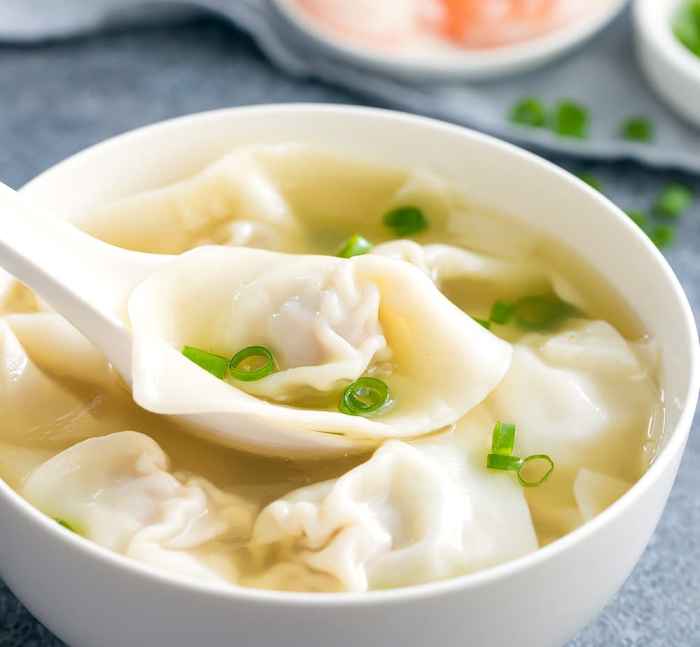
Source: kirbiecravings.com
Wonton soup offers many possibilities for regional variations and dietary adaptations.
Regional Variations
Hong Kong style wonton noodle soup often features a rich, flavorful broth with egg noodles and shrimp wontons. Northern Chinese versions may include a thicker broth with vegetables and various types of meat. Cantonese style features a lighter broth and often includes bok choy.
Dietary Adaptations
For gluten-free options, use rice noodles or gluten-free wonton wrappers. Low-sodium versions can be achieved by reducing or omitting the amount of soy sauce and using low-sodium broth.
Make-Ahead and Reheating
Wonton soup can be made ahead of time. Store the broth and wontons separately. Reheat the broth gently, adding the wontons during the last few minutes to prevent overcooking. Avoid boiling, which can make the wontons mushy.
Quick FAQs: Recipe For Wonton Soup
Can I freeze wonton wrappers?
Yes, uncooked wonton wrappers freeze well. Place them between sheets of parchment paper in a freezer bag for up to 3 months.
How long can I store leftover wonton soup?
Store leftover wonton soup in an airtight container in the refrigerator for up to 3 days. Reheat gently before serving.
What can I substitute for chicken broth?
Vegetable broth, mushroom broth, or even a flavorful bone broth can be used as substitutes for chicken broth, depending on your desired flavor profile.
How do I prevent my wontons from breaking during cooking?
Ensure the wonton wrappers are not overfilled, and cook them gently in simmering broth to avoid tearing. Don’t overcrowd the pot.

